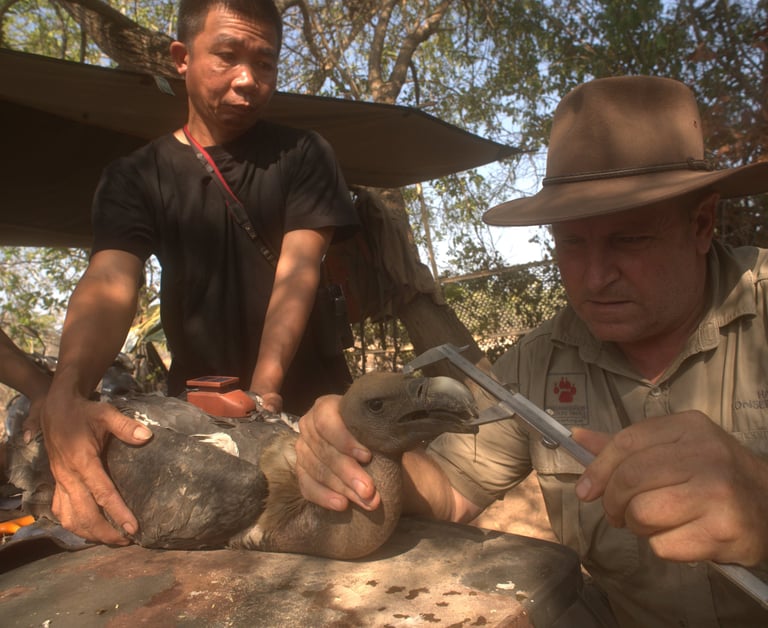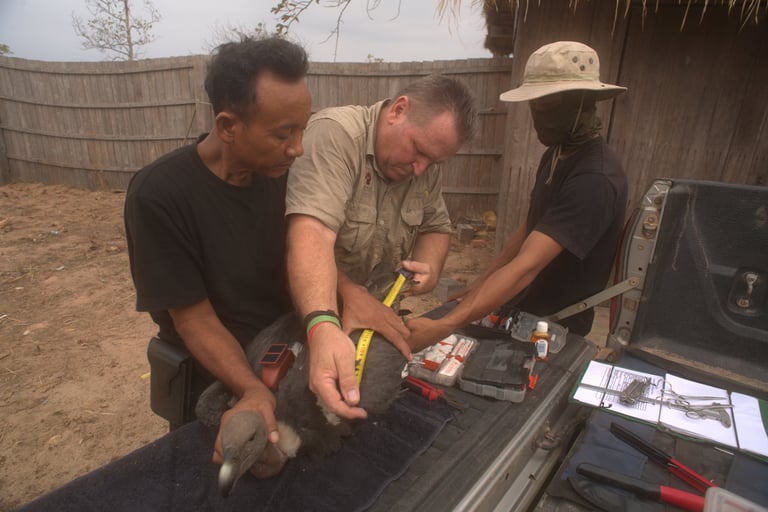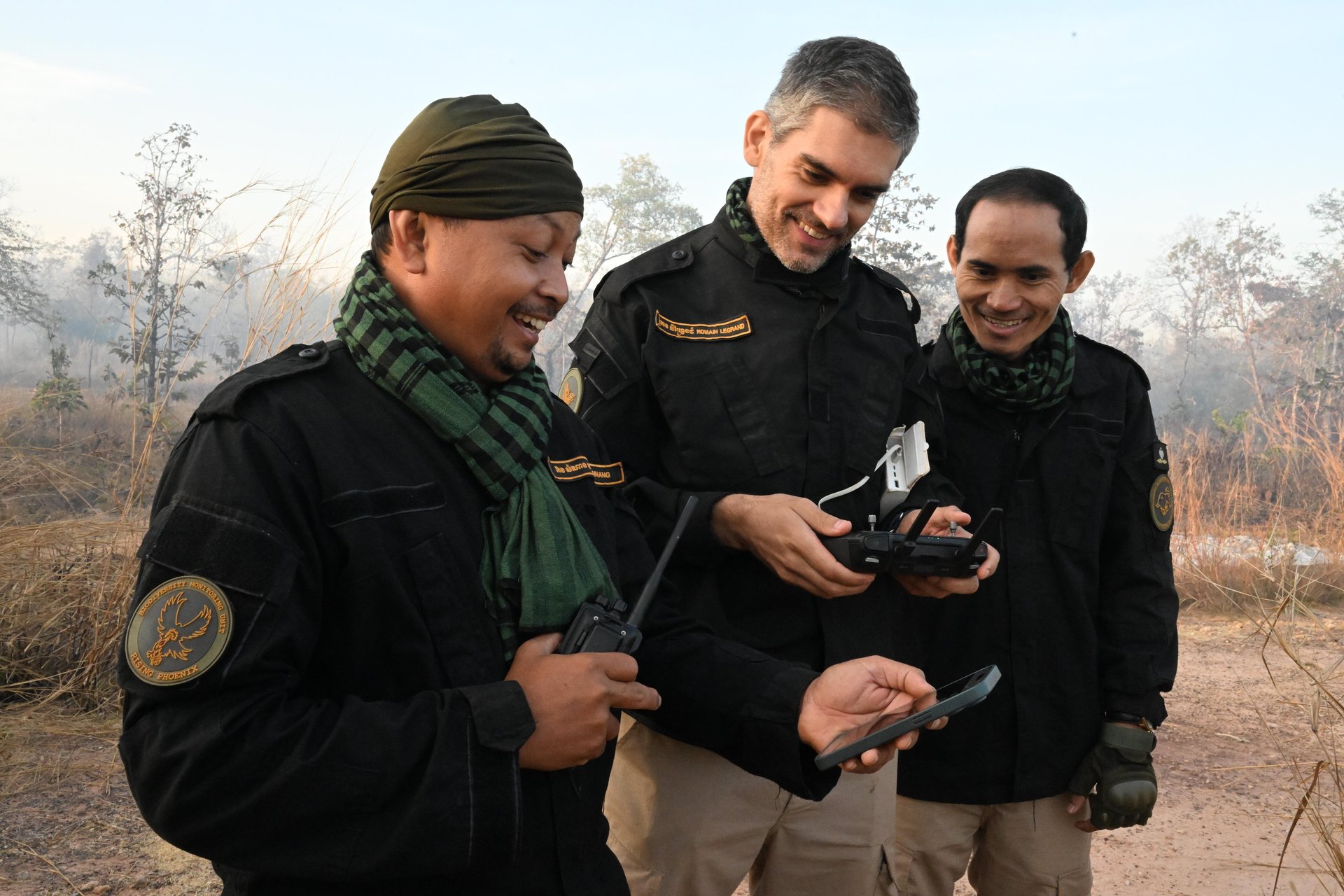
Biodiversity Monitoring Unit
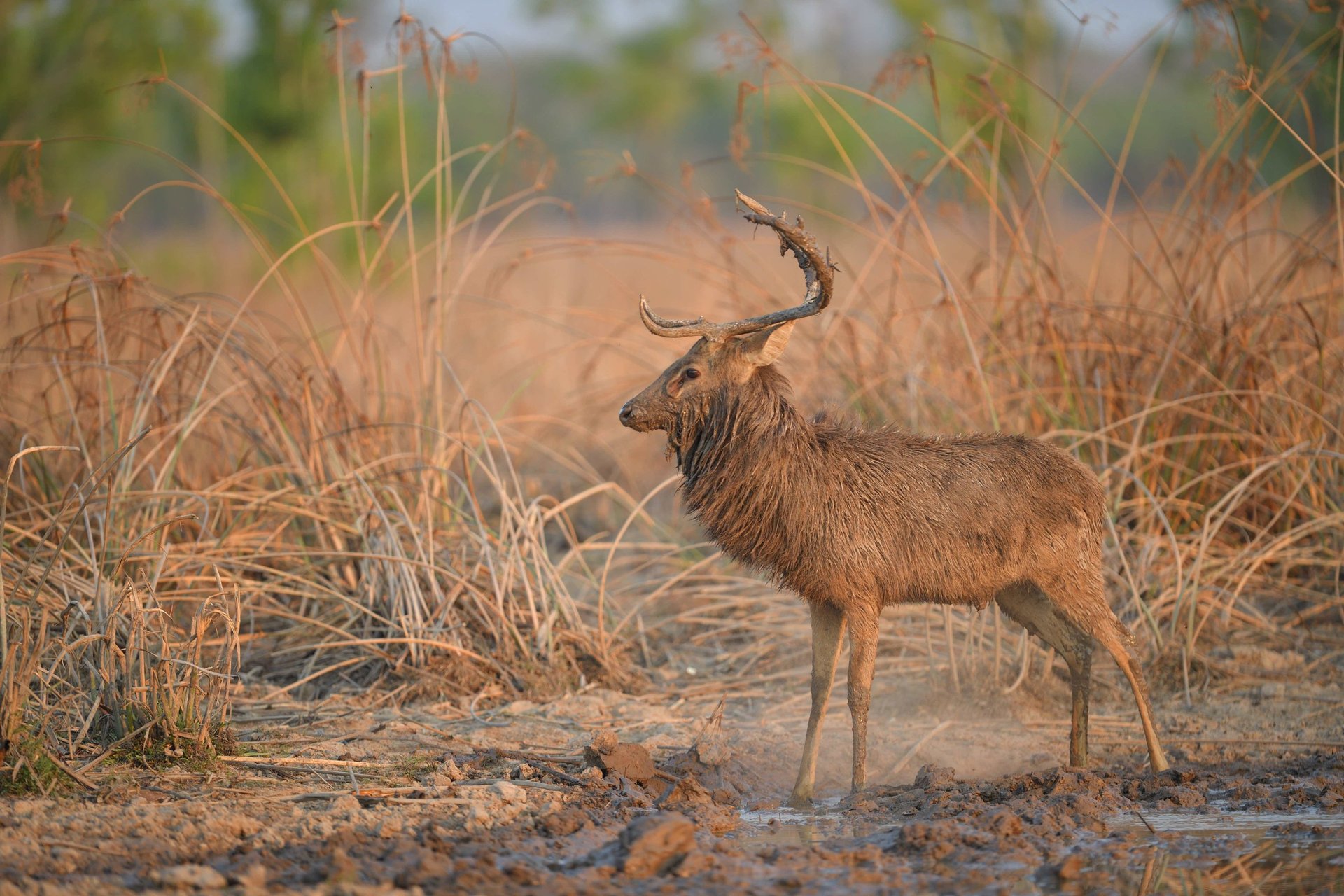
The Biodiversity Monitoring Unit (BMU) works to protect injured or vunerable wildlife and monitors the health of species and their population numbers in SPWS. Tagging and recording animals to understand migration patterns is an important role for this unit.
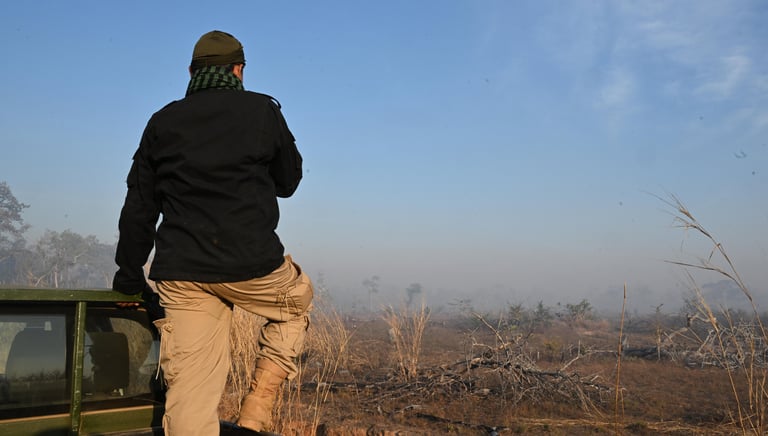

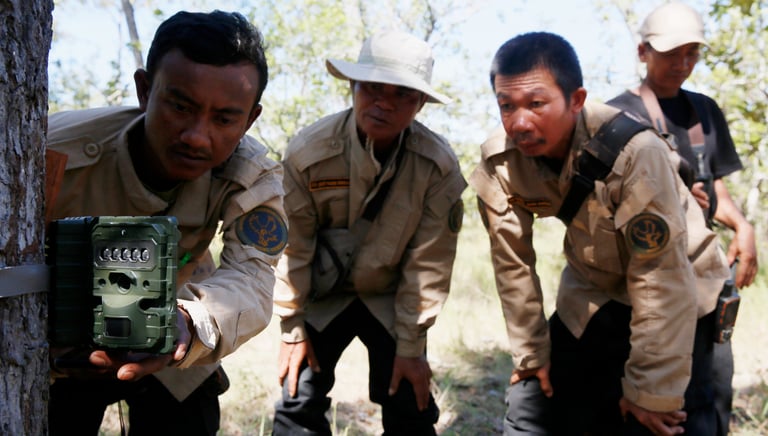

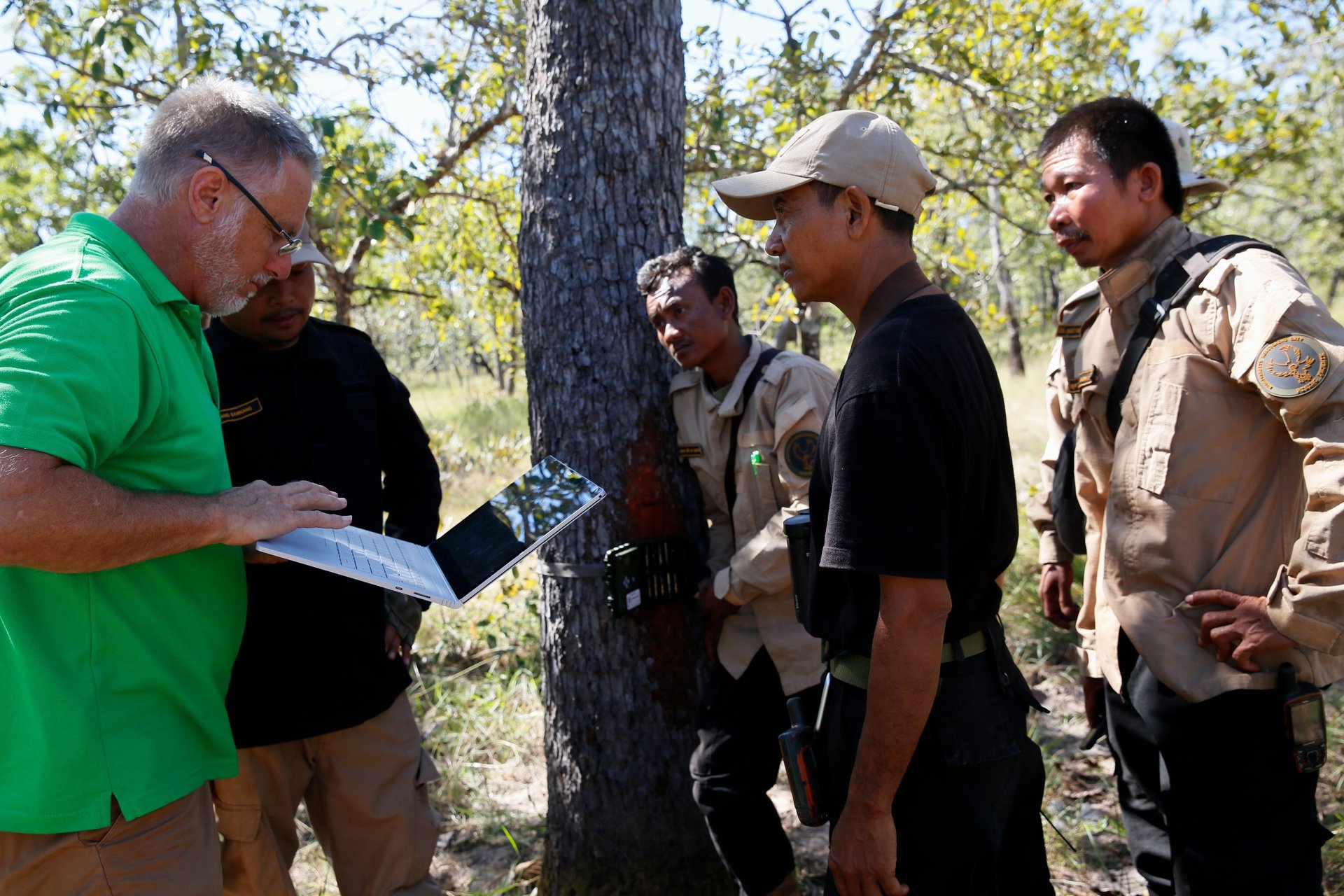
Camera Trapping
Camera traps provide a useful tool for gaining an insight into the presence and relative abundance of wildlife species that are otherwise difficult to observe and monitor by more conventional means. Rangers at places where target wildlife species are most likely to pass through set cameras. Such places may include trapeangs, along streams or streambeds and trails through the forest. Camera trapping in Siem Pang Wildlife Sanctuary has confirmed the presence of several globally threatened mammal species including Dhole, Sun Bear, and two species of cattle: Banteng, and Gaur. Hunting has reduced some of these species to levels at which they cannot be readily detected during the daytime. Camera trapping has also revealed a further insight into human use of the forest, including illegal activities such as logging.
Monitoring Vulture Populations
Vulture restaurants involve the feeding of vultures at a designated spot to monitor the bird population numbers, feeding, and behaviour habits. Siem Pang is the most highly populated area of vulture in the entirety of Cambodia. More than 80% of Cambodia’s vulture population resides in Siem Pang. The Biodiversity Monitoring Unit captures vultures and fits them with GPS trackers to monitor where they go to breed, including where they migrate to different locations in other regions or countries to breed. The GPS trackers send signals to the BMU team, which observes how the populations distribute themselves. There are now 10 active trackers on vultures, this number will hopefully be increased over time. Vulture nests are monitored from November to June every year, and the number of nests built is recorded. In Laos, there were 12 vulture nests discovered with 9 chicks. Each of the 3 vulture species is recorded independently, and the numbers of each species are compared.
The BMU also collects and records data on the average sizes of the vultures for scientific purposes, and to ensure they are healthy.
